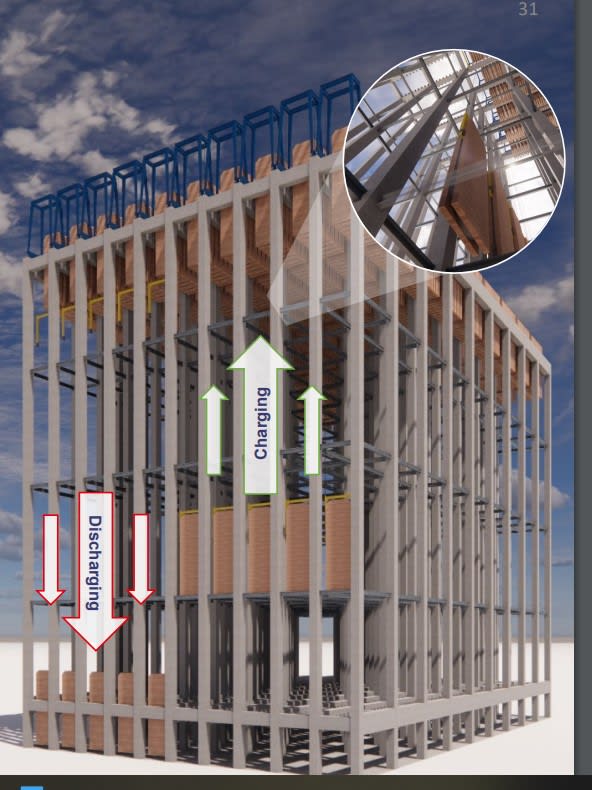Scott P Jr
Mechanical
- Apr 12, 2022
- 1
I am trying to figure out how the energy density of a gravity battery (Energy Vault) would be calculated ?
I know the formula is energy/unit volume, but with a system that uses cranes or large lifts, would you use the full volume of the height the mass as lifted to ?
Thanks
Scott
I know the formula is energy/unit volume, but with a system that uses cranes or large lifts, would you use the full volume of the height the mass as lifted to ?
Thanks
Scott

